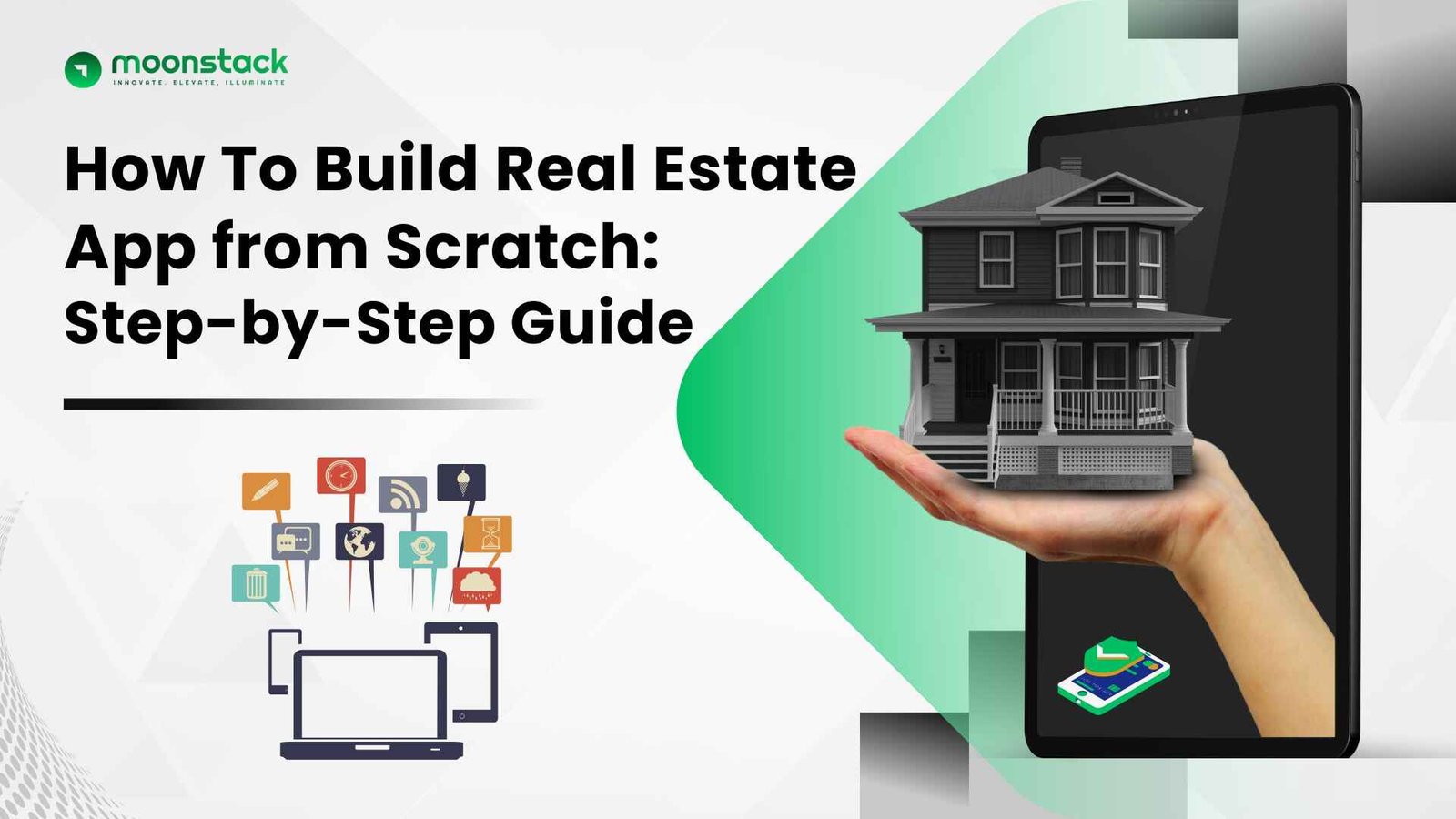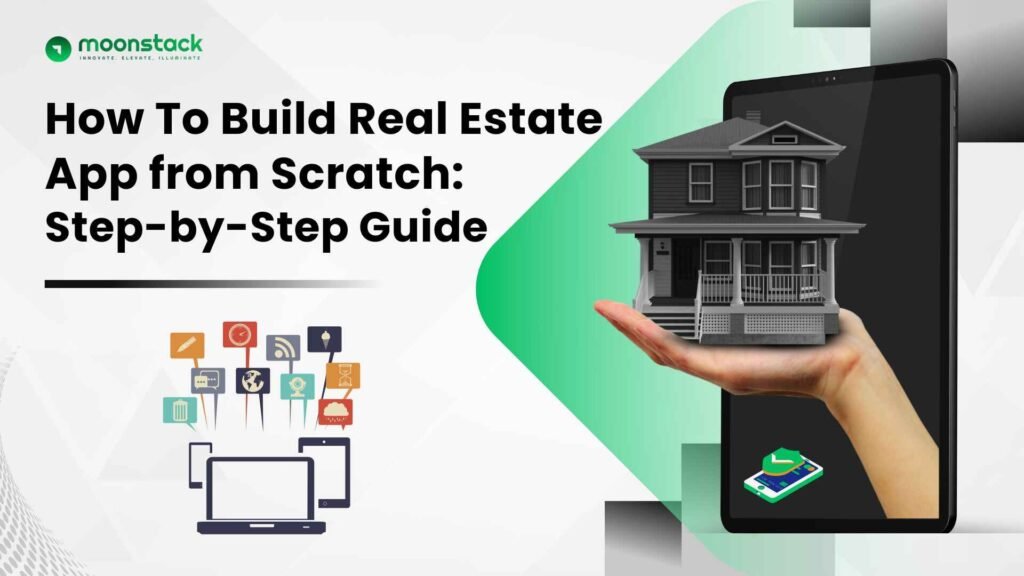Online Payment Gateway Integration: A Detailed Guide for websites and apps


What Is A Real Estate App?
Mobile apps for real estate typically target a certain demographic. Clients and real estate salespeople ultimately have different needs. Owners’ and brokers’ interest in renting out their properties is a prime illustration of this.
Additionally, tenants and renters are looking for rooms and apartments. Additionally, there are purchasers and brokers with real estate ownership expertise. Therefore, consult experts if you plan to create a housing app, such as Magic Bricks, or any other real estate app.
Market Statics of the Real Estate Industry!
Understanding the various kinds of real estate apps that are on the market is essential before beginning to design real estate applications. Every kind of app has a distinct function and caters to a distinct user base, such as real estate apps for agents, property managers, and buyers and sellers. The functionality and success of your app can be greatly impacted by the app model you choose, which should be based on your business objectives.
1. Apps for listing properties
These are the most widely used real estate applications, which let users look through properties that are for sale or rent. Details about the property are displayed, including pictures, costs, location, features, and contact information for the seller or agent. Users can plan property visits, save their favorite listings, and apply filters. Among the greatest applications for listing properties are those that resemble Realtor.com or Zillow.
2. Apps for Real Estate Marketplaces
Apps for marketplaces link landlords and tenants as well as buyers and dealers. Typically, they provide services like virtual tours, verified listings, in-app messaging, and safe payment channels. These apps, such as 99acres and Trulia, serve as middlemen to help in real estate transactions.
3. Apps for Property Management
Apps for property management are made for tenants, property managers, and landlords. Using a single, centralized platform, they assist in managing rental properties, monitoring lease agreements, collecting rent, managing maintenance requests, and corresponding with tenants.
4. Apps for Real Estate Agents and Brokers
The purpose of these apps is to improve real estate professionals’ workflow. They include of scheduling, client communication, property databases, and lead management systems. To help agents close business more quickly, several apps also incorporate CRM features.
5. Apps for Real Estate Investing
These apps, which are aimed at investors, offer curated investment ideas, ROI calculators, property performance measurements, and real estate trend analytics. They assist consumers in choosing wisely whether to invest in rental, commercial, or residential real estate.
Essential Elements for Developing a Real Estate App
It’s important to consider who the real estate app is intended for before deciding what features it should include. You should also evaluate how effectively it functions. That being said, let’s talk about some features to include in a real estate app.
Sign-in of the user
The app must enable users to create an account that details their demands and connects them with the listing owner in order to better serve its users. Before users can use your app to locate and get in touch with appropriate property listings, they must be prepared to register and log in.
There must be two distinct profiles. One is for those who wish to purchase a home, and another is for brokers or owners of real estate. If users logged in using their social network or email accounts, it would be quicker.
Filter and Search Options
Search results ought to be sorted by location, privacy, and other factors for app users! When searching for a home on the app, users may rapidly enter the appropriate keywords and view houses that fit their search in the suggested properties list. Therefore, think about including a search function in your own real estate app.
Real Estate for Sale
Allow the property owners or agents to create a comprehensive listing on the property web portal development, including the property’s location, size, and nearby amenities. The owners can provide serious purchasers with a wealth of information about the house through the listing. Additionally, get assistance from an Android app development business if you wish to create an Android app that incorporates this feature.
Using Maps for Navigation
Clients are prevented from being lost by the navigation feature. By putting a circle around an intriguing spot on the map, you can obtain information on the property. Additionally, this will assist users in determining whether any hospitals, schools, or retailers are closed. When developing a real estate app, incorporate a GPS function as well. It might also provide additional data, such as the population and crime rate of the area.
Filters & Categories
Another option that could make the search process simpler is to use category and filter searches. You must first determine which features your consumers would want most before developing a real estate app. The best real estate app development companies can also help you add those capabilities to the app’s different categories and filters.
Push Alerts
Business growth is greatly impacted by marketing push notifications. Long-term success in the real estate industry requires this quality. Push notifications help you retain customers. It effectively promotes your offerings. You can use push alerts to inform potential customers about your company. When prices alter or a new property comes up for sale, users can be informed.
Direct Messaging and Calls
One aspect is ensuring that the comprehensive property details are accessible. Giving customers the choice to call or send direct messages can help you advance them to the next phase of the sales funnel. For improved outcomes, you may also incorporate AI-powered in-app messaging or call functionalities.
Virtual Tour
Video tours in advertisements are more appealing to those looking to purchase a home. It provides the correct impression and information about the property, which descriptions sometimes fail to do. It also provides a complete picture and style of the property. Use virtual reality technology when developing a smartphone app for real estate to increase customer happiness.
How To Build A Real Estate App?
It’s time to learn how to create a real estate app with the necessary features now that you are aware of what they have to offer. Let’s now examine the procedures for developing a mobile app for real estate:
Verify Your App Concept
Consulting with specialists in custom real estate app development is the first step in creating a real estate listing app. Give serious thought to the features and capabilities your app must have. The first step in developing a real estate app is figuring out what kinds of homes consumers could look for.
Additionally, the tools that let users share and store properties. Make sure your app contains features that will help users by adopting the mindset of a customer. You may prevent unnecessary additions by establishing the project’s scope beforehand.
Conduct market research
Studying the market and learning about your specialty, the competition, and the newest trends is the second step in developing a real estate mobile app. Consider your app’s potential users, their needs, and the strategies of your rivals.
Do some research to find out where the competition is lacking and how your software could fill those holes. To stand out and draw in the audience you want, you need to carefully consider the design, features, and cost of your app. With this, you can achieve that.
Develop a wireframe design
Making wireframes and designs is the third step in the real estate construction process. If you want a visual depiction of the functionality and user interface of your app, you must work with real estate app development businesses in the United States. Imagine drafting a house blueprint before construction begins.
The design of an app needs to be both aesthetically beautiful and sensitive to the needs of your target audience. High-fidelity models must be created with the assistance of designers. They will sketch out fundamental concepts or create clickable prototypes. It’s critical to keep your app’s design consistent and easy to comprehend.
Development of Backends
All of the data and information your app needs to run properly and be powered is managed by the backend. During this stage, the UK mobile app development business will build the database, API, and server so that your app can retrieve data from outside sources, such real estate listings.
Along with programming skills, you’ll need a firm understanding of databases, servers, and other backend technologies. You can create your own real estate app with a robust backend to ensure that it can perform the tasks that users require.
Development of Frontends
The fifth phase in developing a real estate app is to provide features that are both captivating and engaging for consumers. The user interface layout will include layout, colors, and typefaces. This implies that you will need to consider how people will use the app and its functionalities.
Your app needs to function properly across a variety of devices and platforms. Take cellphones and tablets, for instance. It is critical to understand that your software should be extremely user-friendly on all platforms and devices. White label real estate app development is another option if you want to keep costs down.
Test Your App
Testing the app and making changes in response to user feedback is the next step in the real estate app development process. During this step, actual users will evaluate the app and provide comments. This feedback will help identify any issues or errors and improve the app’s operation and usefulness.
By actively seeking out customer feedback and implementing the required changes, you may enhance your app’s capacity to meet users’ needs and expectations. If you want your software to be gratifying and easy to use, you must achieve this.
Release the app
The last step of publishing in the app store is now available. It’s critical to monitor user reviews, ratings, and feedback after making your app available to the general public. Knowing what people think and where you can make changes is helpful. Consider user feedback and implement their recommendations. If you improve your app’s performance and update it frequently, it will remain competitive in the market.
Connect with Moonstack
Ready to take the first step towards unlocking opportunities, realizing goals, and embracing innovation? We're here and eager to connect.


